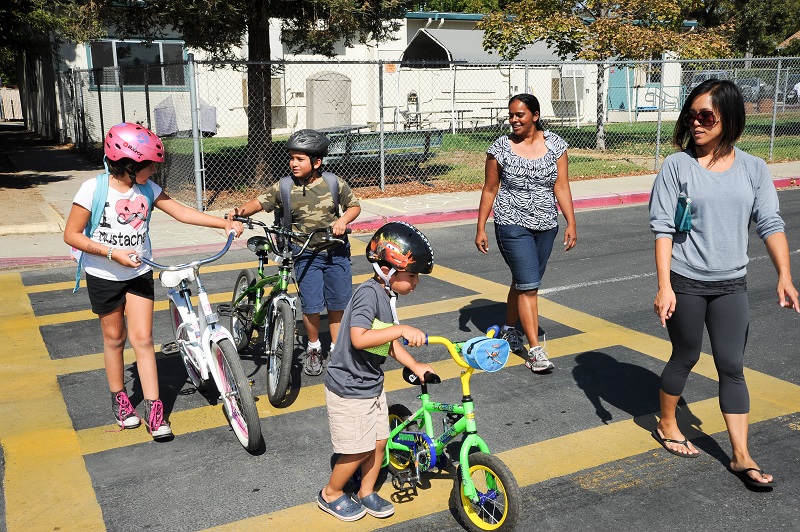With the remaining days of the year quickly winding down, Congress has a very short window to address a legislative pileup.
Congress has not yet reached agreement on spending levels for government agencies, with the current extension ending on December 8. There is likely to be an extension for another few weeks or even until early January. Negotiations have been challenging, as they include spending levels as well as a resolution to the end of the DACA immigration policy for young people—so a government shutdown is not out of the picture.


 We have been beating the drum for several months now to encourage states to fully spend their Transportation Alternatives Program (TAP) funds before the critical deadline of September 30, 2017, when any unused FY2014 funds would expire after four years.
We have been beating the drum for several months now to encourage states to fully spend their Transportation Alternatives Program (TAP) funds before the critical deadline of September 30, 2017, when any unused FY2014 funds would expire after four years.